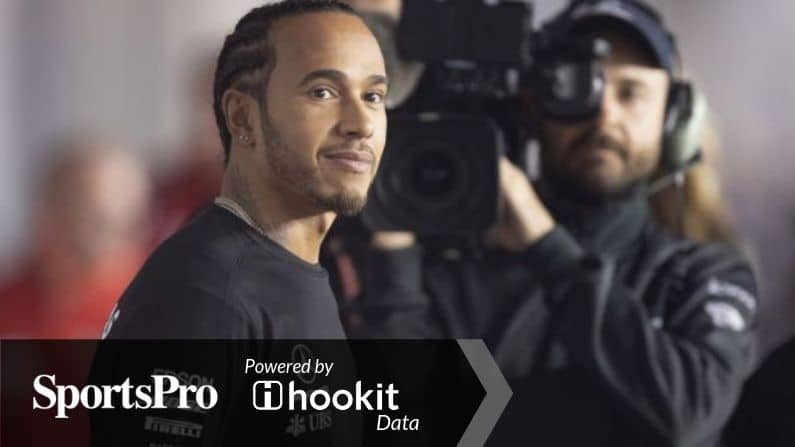After Lewis Hamilton and Mercedes’ victory last season, Formula One returns promising a new chapter for a familiar product but with some different challenges.
It has been a whirlwind off-season for owners Liberty Media and several teams with disputes, re-brands, driver changes and new sponsorships all offering different narratives since Hamilton secured his fifth title back in October.
January saw the Formula One Promoters Association (Fopa) – which represents 16 of the 21 Grand Prix venues – hit out at Liberty as it sought ‘a more collaborative approach’ to running the series. The promoters highlighted Formula One’s migration from free-to-air TV, a lack of clarity on new initiatives and plans to add new races to the calendar as major areas of concern. Chief executive Chase Carey described the criticism as “strange” and vowed that Liberty would not change tack.
On the team front, Force India’s rescue job continues as they return for a first full season re-styled as Racing Point F1 Team whilst Sauber will now race under the Alfa Romeo brand name.
Last-placed Williams have a new main sponsor in the form of Rokit and unless you have been living in a cave you will have heard that Big Tobacco is back in racing. Ferrari have named long-term partner Philip Morris’ Mission Winnow campaign as their title sponsor and British American Tobacco (BAT) has secured a livery deal with McLaren.

On the media rights side, following what Carey called a “beta test” last year, the series’ F1 TV over-the-top (OTT) service will be fully operational for the 2019 season and will be rolled out in eight new markets. However, Liberty Media suffered a major blow as it lost a major TV contract just over a month before the new season when Qatar-based pay-TV broadcaster BeIN Sports decided not to renew its contract, stating the decision was a “natural consequence” of its battle with the illegal Saudi Arabia-backed BeoutQ pirate service.
The loss of a key media partner appears particularly damaging after Carey admitted the motorsport series’ revenue growth remains in the hands of its broadcasters, with its 2018 installment watched by close to half a billion unique viewers.
Year on year, engagement last season grew by ten per cent to a 490.2 million viewership. Though the championship’s revenue climbed a modest two per cent to US$1.8 billion compared to 2017, operating losses widened from US$37 million to US$68 million through 2018.
Liberty’s takeover was supposed to usher in a new era but despite an increased focus on digital since its acquisition of the series back in 2017 just 14 per cent of Formula One’s viewers are under the age of 25, according to the motorsport series’ global research director Matt Roberts.
In an open Q&A on discussion forum Reddit, Roberts revealed that the average age of a Formula One viewer is 40. Under 25s are the most poorly represented age group, with 30 per cent of the series’ viewers between the age of 25 and 34; 20 per cent between 35 and 44; 20 per cent between 45 and 54; and 17 per cent over 55.
Roberts also said that the average age is higher in Formula One’s more established markets such as the UK and Italy, while viewers are younger in the series’ newer markets like the US and China.
Formula One is trying. It now has a well established esports series and run its first ever marketing campaign in an attempt to engage with the next generation.
On a more positive note, Formula One’s new Netflix behind-the-scenes documentary, chronicling the 2018 season, has scored rave reviews despite the absence of Ferrari and Mercedes.
This post originally appeared on SportsPro


